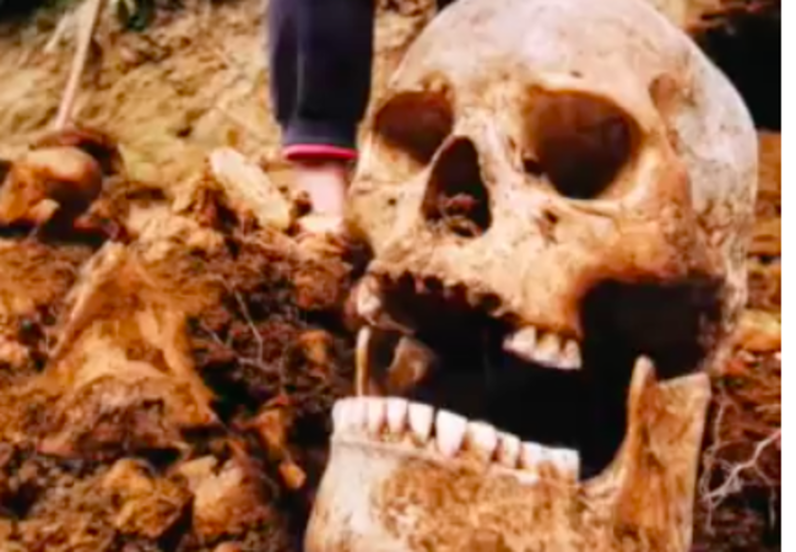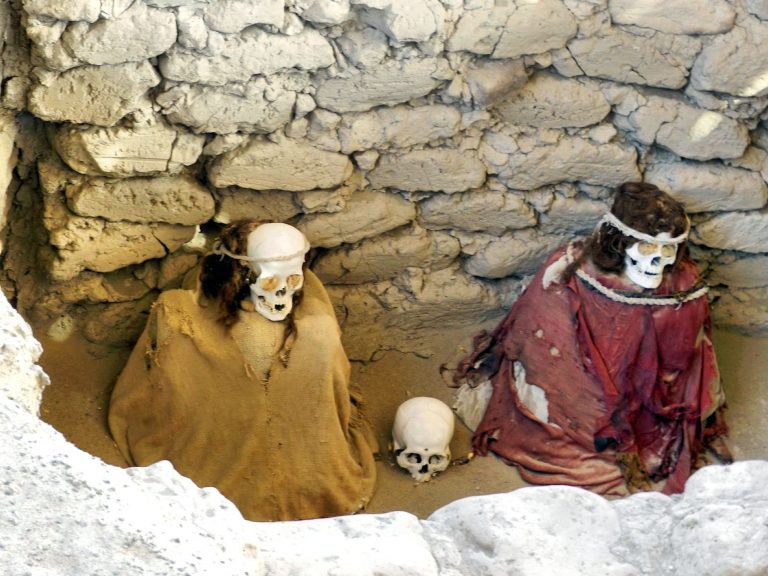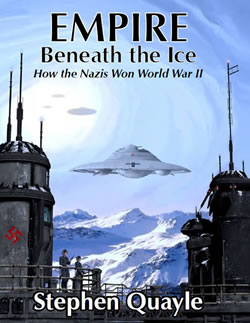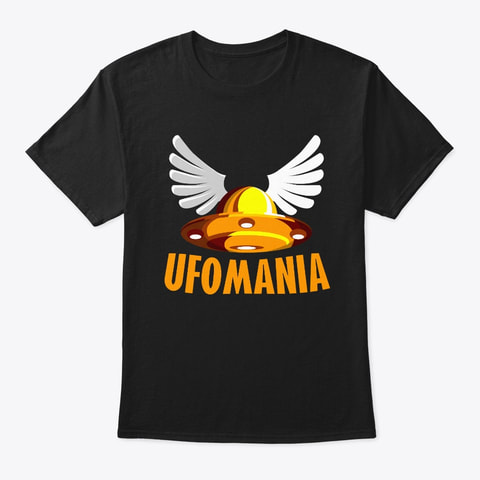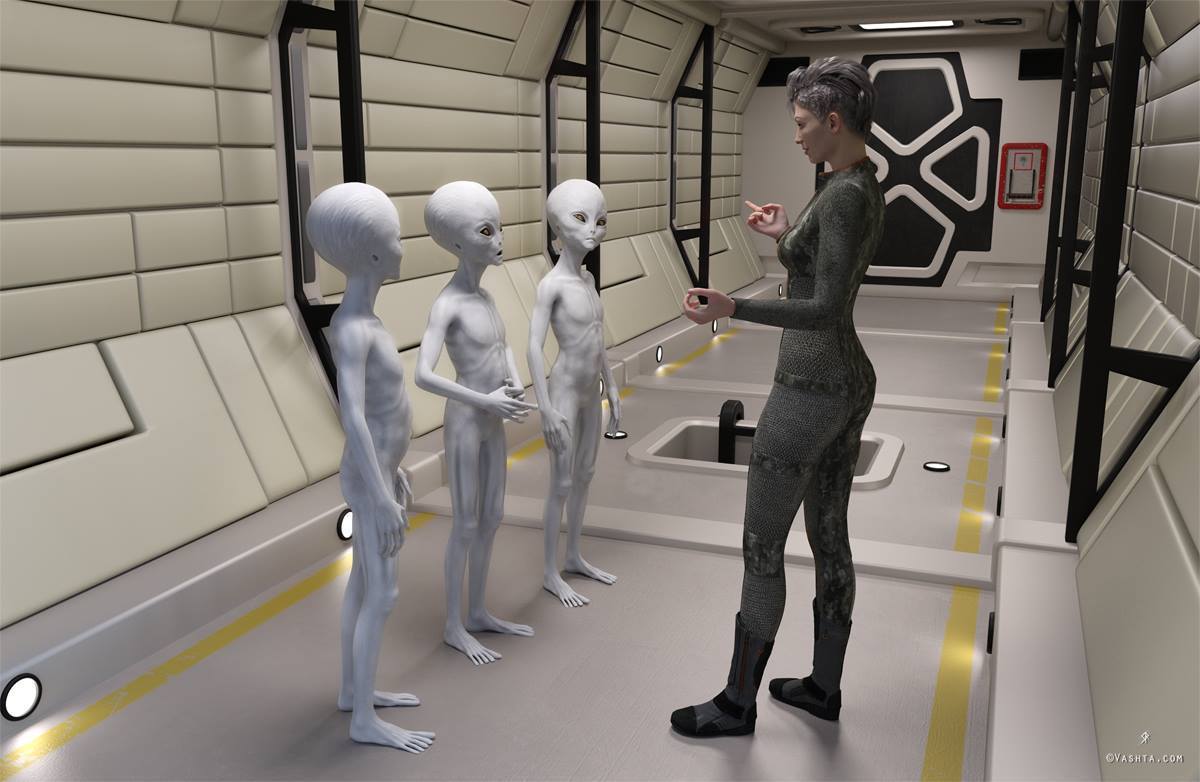|
The tall red haired, blued eyed Caucasians lived in New Zealand before the arrival of the Maori Polynesians and were the primary allies of the Spanish, when they invaded the Inca Empire. They were Indo-Europeans who originated in the same area of western Asia as the ancestor of the Peruvian chicken. They became a clan among the Maori and their descendants live in New Zealand today. The Red-haired Maori, as their are called by white New Zealanders carry the same genes as the Paracus People in Peru, who built the fieldstone effigies on the Nazca Plain. They did not build the Nazca Lines. By the time of the arrival of Pizzaro’s Conquistadors, the red haired Caucasians were called Chachapoya. They had created a high civilization in the Upper Amazon Basin. The genetic discovery was made possible by the discovery of the Chaucilla Paracas Cemetery. DNA samples were obtained from Paracus mummies and compared to contemporary Red Maori and some early skeletons of Red Maori. This information is directly relevant to Muskogeans. If you recall, the original name of the elite families of the proto-Creeks was Paracusi-ti, which means Paracus People. The high kings were up to seven feet tall. Over all the Paracusa and Chapapoyas were not true giants, but averaged about the height of the Creek People today. The red haired indigenous people of New Zealand built terrace complexes long before the arrival of the Polynesians. Apparently, they also introduced this type of agriculture to Peru. So . . . the Polynesians did not found the Andean Civilizations, but Indo-European people, who later lived in the South Pacific did play a major role in Native American cultural development. The population movement was for the red haired people from South America westward, not Polynesians moving eastward. The descendants of the Paracus in the Southeast became the Wind Clan of the Creek People. Notice the “pa” in the name Maori Pa. It has the same meaning as “pa” in Chontal Maya and Hitchiti Creek. The equivalent in Mvskoke-Creek is “fa.” Obviously, the next step is to take samples of Creek DNA and compare them to Chachapoya and Red Maori DNA. The following scientific documentary was produced for New Zealand Public Television.
0 Comments
Leave a Reply. |
Helena MatiasEditor Archives
July 2024
Please take a look below at the amazing work of Author and researcher Stephen Quayle
Categories
All
|
